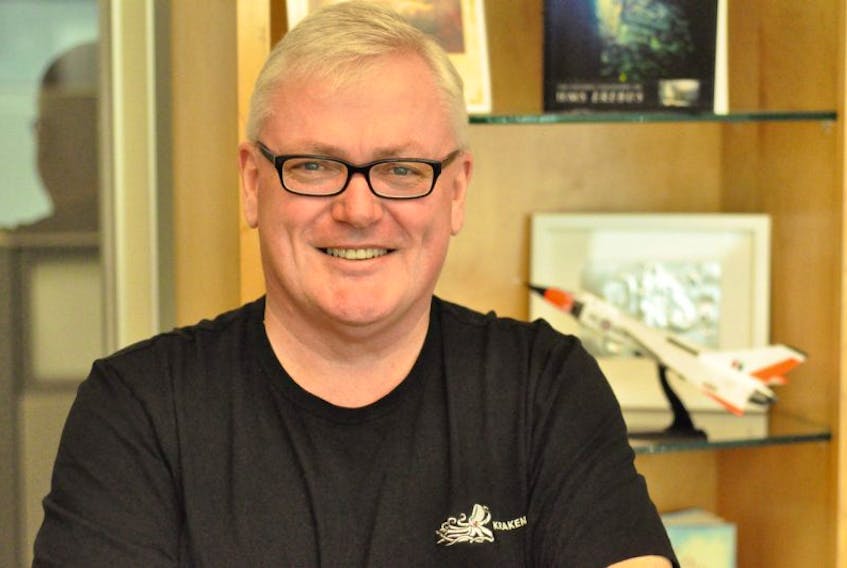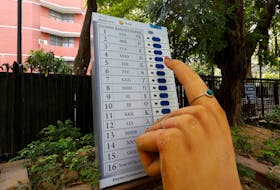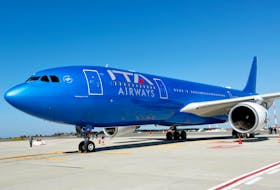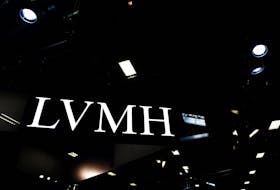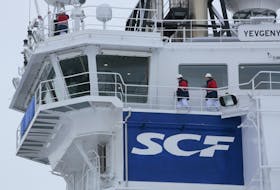The Newfoundland-based marine technology company that cut its teeth in military markets with its synthetic aperture sonar (SAS) system and evolved to begin developing its own robotic system is poised to go after a bigger piece of the ocean survey industry and the various markets that exist therein.
“Everything from hydrographical charting for marine navigation, to oil and gas, to deep-sea minerals, to ocean sciences, to defence, it’s the last frontier we have and we’ve only explored five per cent of it,” says Karl Kenny, president and CEO.
“This market already exists and it’s a tens-of-billions-dollar market in terms of ocean survey across all those domains.”
With the advent of its own autonomous underwater vehicle (AUV) technology, dubbed Thunderfish, Kraken is moving away from selling products and into a robotics-as-a-service model.
“I think we’re kind of at the tipping point for drones in the ocean space,” says Kenny. “I liken it to where the aerial drone space was maybe 20 years ago.”
This summer Kraken was contracted by OEX Recovery Group Inc. to help locate test models of the Avro Arrow lost in the depths of Lake Ontario in the mid 1950s. The first such model was discovered last week, and plans are underway to bring it to the surface.
(This isn’t the first piece of Canadian history Kraken has helped track down; in the summer of 2014, the company’s sonar was used in the search for Franklin Expedition ships lost in the Canadian Arctic in 1845.)
“The team at OEX didn’t want sonar or robots, they wanted the data,” Kenny said. “They wanted the imagery, the intelligence that came from this and they basically hired us for pixels by the hour.”
Kenny expects more of those opportunities to present themselves thanks to the exposure of the Avro search, which was the maiden voyage for the Thunderfish system.
“Just along the coast of the Avalon here is shipwreck alley, there’s hundreds and hundreds,” says Kenny, pointing to the SS Southern Cross sealing vessel lost as part of the 1914 Newfoundland sealing disaster.
“You could stand up a company just to go do this kind of thing as long as you got the financing.”
Kraken is also thinking about the possible applications in the oil and gas sector, where companies, faced with a low commodity price, want to reduce costs and improve operational efficiencies.
“Whether oil is $10 a barrel or $1,000 a barrel, there’s literally billions of dollars of assets on the seabed for offshore oil and gas and that needs to be inspected and maintained and repaired,” says Kenny, noting that conversations with those in the industry are promising.
Kraken isn’t abandoning product sales as part of its revenue base.
Last week, Kraken was awarded a $3-million contract from Ocean Infinity to supply and integrate its patented AquaPix SAS technology onboard the company’s AUVs, which were in fact purchased from Kongsberg, one of Kraken’s industry rivals.
“I think it’s the first time ever that a third-party sonar … is going to go on a Kongsberg vehicle,” says Kenny.
“Our systems have been validated. People know they work. That stuff resonates around the world and people come to our door, to our website, and it generates more business for us.”
Kenny says the company will continue to invest in its existing technology, but will start putting more into subsystems, including artificial intelligence.
“We have a team working on AI algorithms right now that will make our robots smarter, more autonomous, machine learning, be able to have the robot sense its environment and make decisions for itself. It can change its parameters, its speed, its sensors and payload performance.
“I think that’s where the future is going to be.”
[email protected]
Twitter: kennoliver79


